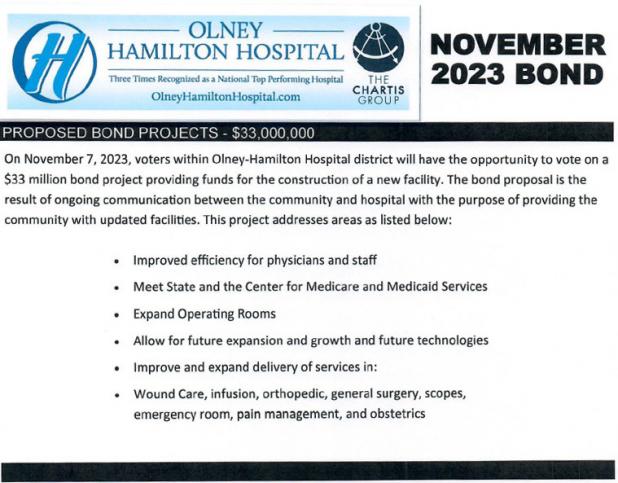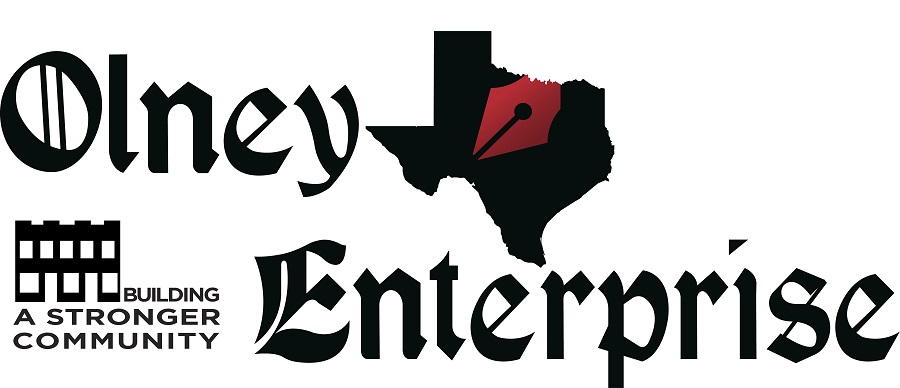
Council passes tax cut for fiscal 2025
The Olney City Council lowered the tax rate for fiscal year 2025 by about 8 percent on Thursday, a year after raising the rate by 44 percent to cover a budget shortfall.
The lower tax rate still allowed the Council to balance the budget, maintain current service levels and build in raises of 3.5 percent to 7 percent raises to retain city employees, City Administrator Simon Dwyer said after the vote.
The new rate is 0.978200 per $100 valuation compared to 0.978221 per $100 in fiscal year 2023. The new rate is expected to raise 6.27 percent less revenue than last year due in part to a lower total appraisal for Olney properties by the Young County Tax Appraisal District.
The City expects to collect $1,288,554 in tax revenue next fiscal year, compared with $1,374,867 in the current year, Mr. Dwyer said.
The city tax on an average homestead in Olney was $700 this year, and will drop to $644 in the coming year, he said. The average homestead taxable value this year was $71,597 compared with $65,859 in the coming fiscal year, according to the county tax appraiser.
The Council last year voted to invoke the “de minimis” provision of Texas law that allows small taxing entities to collect $500,000 more in revenue than in the previous fiscal year in spite of a 3.5 percent cap on year-over-year revenue increases set by the Legislature in 2020.
The Council raised the rate from about 68 cents per $100 property valuation in fiscal 2023 to about 97.8 cents per $100 property valuation to cover a budget shortfall.
Councilmember Harrison Wellman said at the time that invoking the de minimis rate would reverse a four-year trend that saw the City’s tax rate and revenue drop precipitously even as property values soared by 40 percent because of a state law passed in 2020 that caps how much city property tax revenues can rise each year.
Mr. Dwyer said the Council initially tasked him with lowering the rate back to the fiscal 2023 rate but he could not make the budget balance without deeply cutting services such as the police department and public works.
“I couldn’t see a way forward so I felt that incrementally lowering it over the next two to three years would be the best way to do it,” he said after the Sept. 12 vote.
“What I’m going to try to do ... is a dollar this year, maybe two next year, and two the next year .. I want to get us back to where our tax rate was prior to the de minimis rate in the next few years while still growing the economy to make up for that.”
Inflation was the main driver behind the City’s recent budget shortfalls, he said. “The City can’t control that,” he said.
Mayor Rue Rogers said the Council was partnering with the Olney Economic Development Corporation to bring more businesses and families to town to grow the City’s tax base.
“We are thrilled that we can reduce the tax rate and that is our goal do continue to do that year over year while still maintaining a healthy budget,” he said.
Councilmember Terri Wipperman said the Council was bringing down the tax rate “as much as we are able.”
“I think it’s a great thing for the City of Olney,” she said.
Councilmember Chuck Stennett said “as long as we can reduce [the tax rate], I’m for it.”
The City’s fiscal year begins on Oct. 1.
